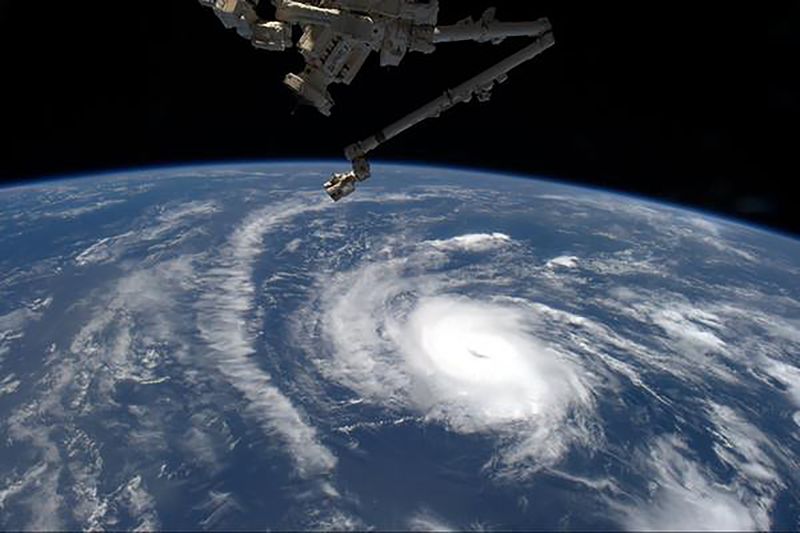By Steve Gorman
(Reuters) -Tropical Storm Nicholas churned through the Gulf of Mexico on Sunday headed for an expected landfall along the Texas shoreline by late Monday or early Tuesday, two weeks after Hurricane Ida lashed coastal areas of neighboring Louisiana.
A storm-surge warning was posted on Sunday for a 70-mile (113-km) stretch of the South Texas coast, from Port Aransas to Matagorda Bay, forecasting an immediate, life-threatening flood danger from high surf driven inland ahead of Nicholas.
Inundation as high as 5 feet (1.5 m) was possible in some places at high tide, according to the Miami-based U.S. National Hurricane Center (NHC).
Nicholas, the 14th named storm of the 2021 Atlantic hurricane season, also was expected to unleash heavy rainfall across Texas, of up to 20 inches (51 cm) in scattered areas, from Sunday through the middle of the week, the NHC said in its latest advisory.
Packing maximum sustained winds of 40 mph (65 kph) on Sunday afternoon, Nicholas was on track to scrape the Gulf Coast of Texas, home to many oil refineries and chemical plants, during the day on Monday, before making landfall that night or early the following day, the NHC said.
Forecasters said Nicholas could near hurricane strength by then, if it veered slightly east of its current coarse, allowing it to draw additional energy from warm Gulf waters before moving ashore.
On its current trajectory, the storm's center appeared likely to pass between the Gulf Coast cities of Corpus Christi and Galveston. But NHC's three-day rainfall outlook showed the storm posing its greatest flash-flood risk to Houston and surrounding areas.
Heavy rains were expected to spread into the adjacent Gulf state of Louisiana, still recovering from flooding and wind damage wrought by Hurricane Ida two weeks earlier.
On Sunday, Louisiana governor John Bel Edwards declared a renewed state of emergency in advance of Tropical Storm Nicholas.
Texas Governor Gregg Abbott likewise took to Twitter (NYSE:TWTR) urging communities to prepare for significant rainfall and potential flooding.
This month, the U.S. Gulf Coast energy production industry struggled with an uneven recovery https://www.reuters.com/world/americas/uneven-recovery-us-offshore-energy-production-after-ida-2021-09-03 from Ida as a lack of crews, power and fuel meant most oil and gas production in the region was knocked out for days after that storm.
More than two dozen deaths in Louisiana were blamed on Ida, which came ashore Aug. 29 as a Category 4 hurricane.
At least 50 more people were killed along the U.S. eastern seaboard, most of them in flash flooding triggered by torrential downpours as remnants of the storm moved farther north.
(Reporting and writing by Steve Gorman in Los Angeles; Additional reporting by Radhika Anilkumar in Bengaluru; Editing by Diane Craft and Clarence Fernandez)
